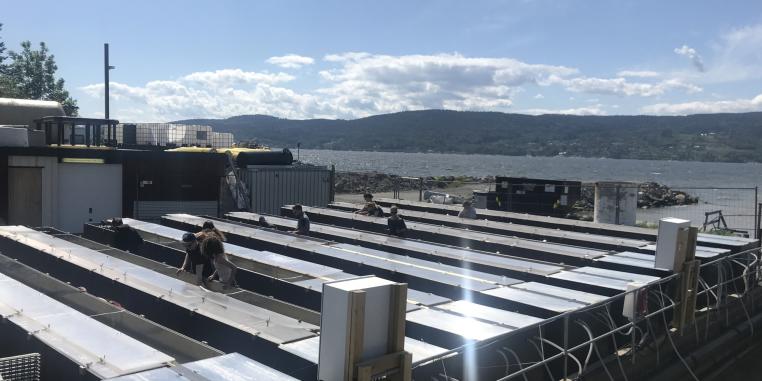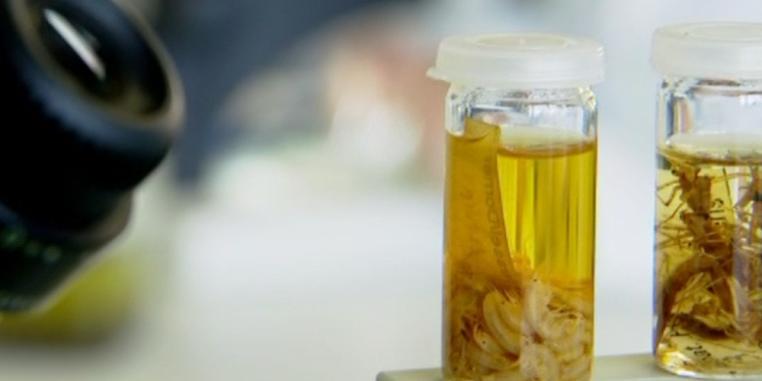
















We are interested in the effects of anthropogenic stressors (e. g. climate change and land use) on our aquatic ecosystems and in the management and conservation of biodiversity and system functions in the face of global change. Our research combines field and laboratory work, experimental studies (manipulation in mesocosms) as well as the evaluation of existing data sets.
EUfMa - Gewässerentwicklung erheblich veränderter Fließgewässersystem
MikroPlaTaS - Microplastics in Dams an Reservoirs: Sedimentation, Spread, Effects
see here
All students who would like to participate in module F21 (Water Sciences), please register for the corresponding Learnweb course. The course will take place as a block from June 23-27.